Tourmaline

Apart from sapphire, tourmaline is the only gemstone that occurs in all colors from white to black. Only garnet, spinel and the various forms of corundum come close in terms of colorfulness. It can be found in various varieties all across the world and has a complex chemical composition. Its hardness lies between 7 and 7.5 and its light refraction is also above average for gemstones.
Up until the late 1980s tourmaline was treated with relative disdain, but this attitude has changed considerably. Around 30 years ago tourmaline was found in large amounts while ploughing fields in Brazil and without a second thought was often thrown onto piles at the side of the road, as its hardness made it a hindrance to the farmers’ work. Dealers then came along and the broken tourmaline crystals that could be cut were collected in oil drums and dealt with in amounts of up to 50 kg. Those days are over: now every piece of raw tourmaline is individually appraised and sold per gram or even per carat.The market price for tourmaline has risen very strongly. From an investment perspective, all tourmalines that have a strong color, are clear (when viewed with the naked eye) and have a weight of more than 5 ct are an interesting proposition.As already mentioned, tourmaline comes in many colors and the market has come up with names for most of them:
- rubellite – vibrant pink to red
- indicolite – blue
- verdelite – green
- bicolor and tricolor for tourmalines with two or three colors in one stone, e.g. green-red or green-white-red (watermelon)
- Paraiba – generic name for green to turquoise tourmaline that contains copper and manganese
- chrome tourmaline for green tourmaline that contains chromium
- dravite – brown
- achroite – colorless tourmaline
- schorl –black, opaque tourmaline
- Besides these there are beautiful colors such as orange that have not yet been given trade names.
For investment purposes we recommend pure coloured radiant rubellites, indicolites, verdelites, bicolour and tricolour tourmalines, Paraiba tourmalines and radiant special colours such as orange.Rubellites have a comfortable warmth and an vibrant pink to red colour and come in all sizes up to around 50 ct. They should not be confused with pink tourmalines, which nearly always have a slightly brown hue and are therefore much less valuable than rubellites.Indicolites (blue) and verdelites (green) should have a pure blue or green colour combined with high clarity as well as being scintillant.Bicolour and tricolour tourmaline is created when different metal oxides are present at different stages of the crystallisation process. The most expensive stones are those that are pure and have clear borders between translucent colours (such as red and green).Paraiba tourmaline was once a designation of origin for vibrant turquoise-blue tourmalines from the state of Paraiba in Brazil. This colour variation of tourmaline was discovered near the village of Sao José dé Batalha in 1987. These days the name Paraiba has been accepted by the market as the generic name for tourmalines that contain manganese and copper. Both of these metals must affect the colour and the main hue must be blue, turquoise or at least turquoise-green. The original sources in Brazil are now almost exhausted and this rare gemstone now comes from Mozambique and Nigeria, where it was discovered in 1998.In certificates from gemmological laboratories, gemstones that are termed as Paraibas are also designated with their mineralogical name, cuprian elbaite.Paraiba is extremely popular and has become very valuable. 3 ct stones with vibrant turquoise colour commanding prices from 20 000 – 30 000 Euro per carat are not unusual. This makes these stone as expensive as diamonds or rubies of medium quality. The most expensive colour variation of Paraiba tourmaline is known on the market as electric blue and this term requires that the stone should “glow” turquoise from its centre. The colour of Paraiba tourmaline is almost always enhanced through heat treatment. Only seldom are naturally coloured Paraiba tourmalines seen on the market.As the stone can easily be confused with green tourmaline, which does not contain copper (and thus may not be called Paraiba, making it much cheaper), a certificate from a renowned laboratory is absolutely essential.There are also tourmalines with a cat’s eye effect: these stones are always polished in the form of a cabochon and when viewed under a direct light source a strip of reflected light that looks like a cat’s eye can be seen. This moves across the surface of the stone as it is rotated under the light source. This effect is caused by tiny, needle-like inclusions of gas or crystal within the stone.Tourmaline comes mostly from Sri Lanka, Brazil, Mozambique, Nigeria and most recently from mines in Pakistan, which have been producing wonderful raw material.Gemmological laboratories are unable to specify the origin of tourmalines with 100 % accuracy, so most certificates do not include a certification of origin. Depending on their chemical composition, tourmalines can be treated, predominantly through heat treatment but also through combined radiation and heat treatment. Especially radiant red stones have generally been irradiated and heat treated. Occasionally a certificate from a gemmological institute will state that a tourmaline has received no treatment, meaning that this has been 100 % confirmed. Mostly, however, one finds no comment on this, which means that it is not possible to confirm whether the stone has been treated or not.We predict a continued steep rise in the prices of tourmalines.
Showing 65–80 of 163 results
-
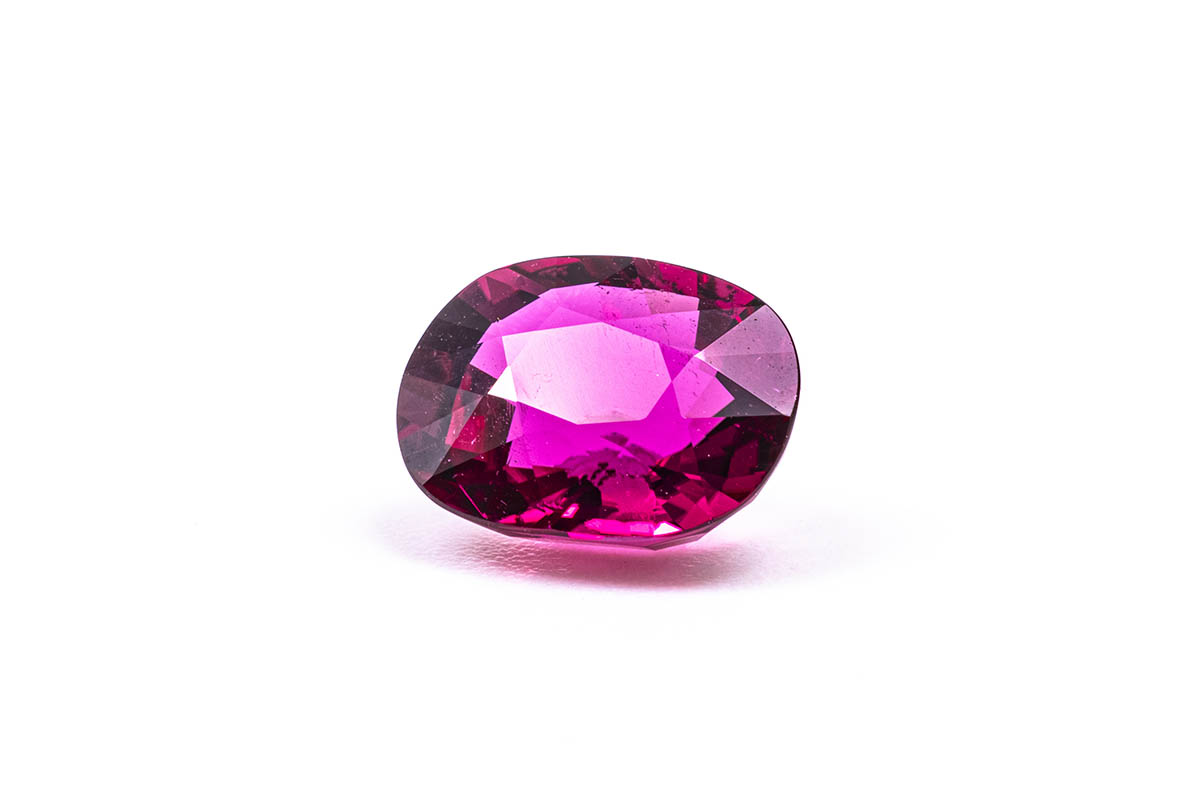
Rubellite
€550.002,055 ct. | III/CGLA -

Rubellite
€550.002,094 ct. | II/CGLA -
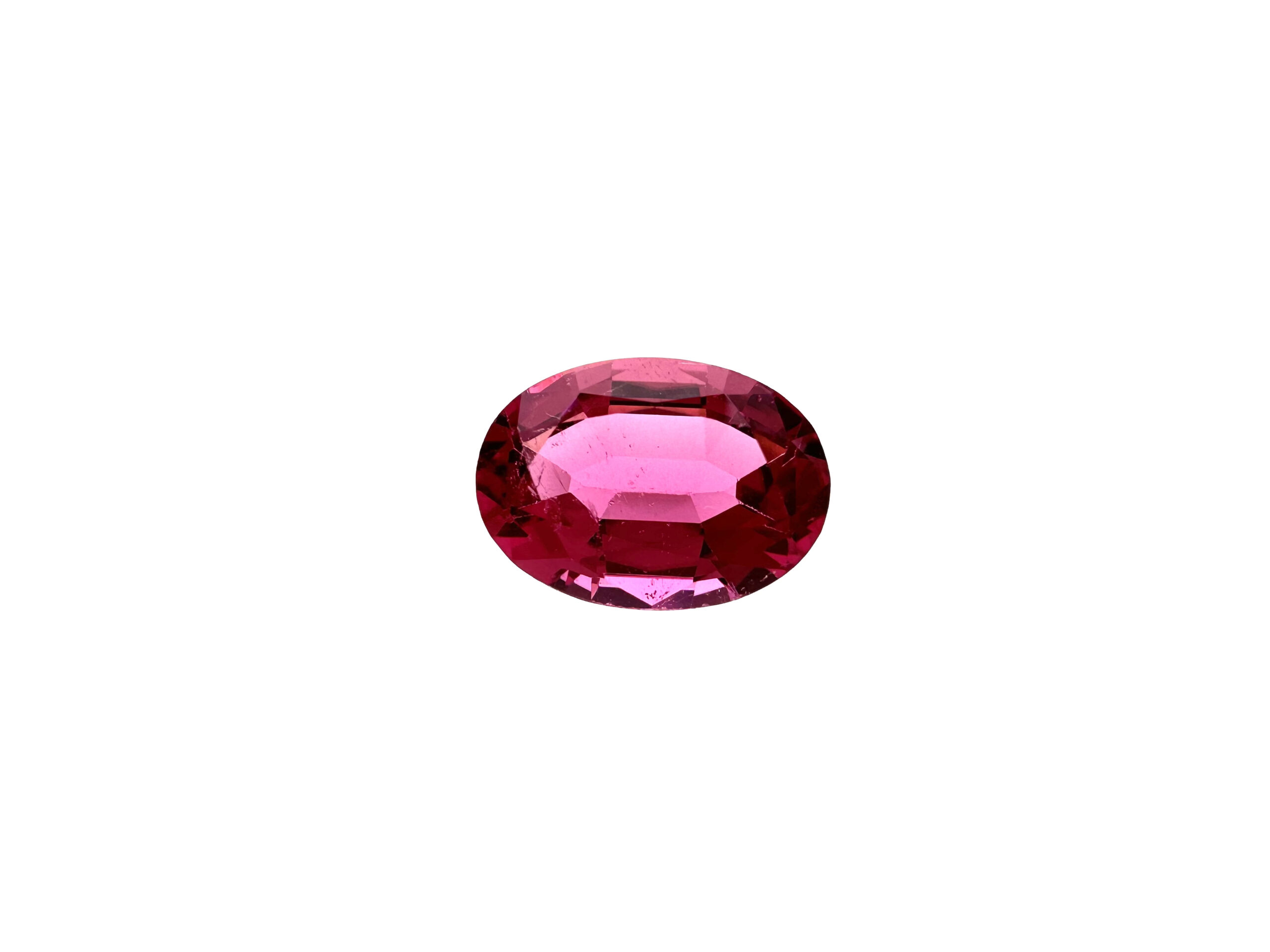
Rubellite
€1,200.002,590 ct. | III/CGLA -
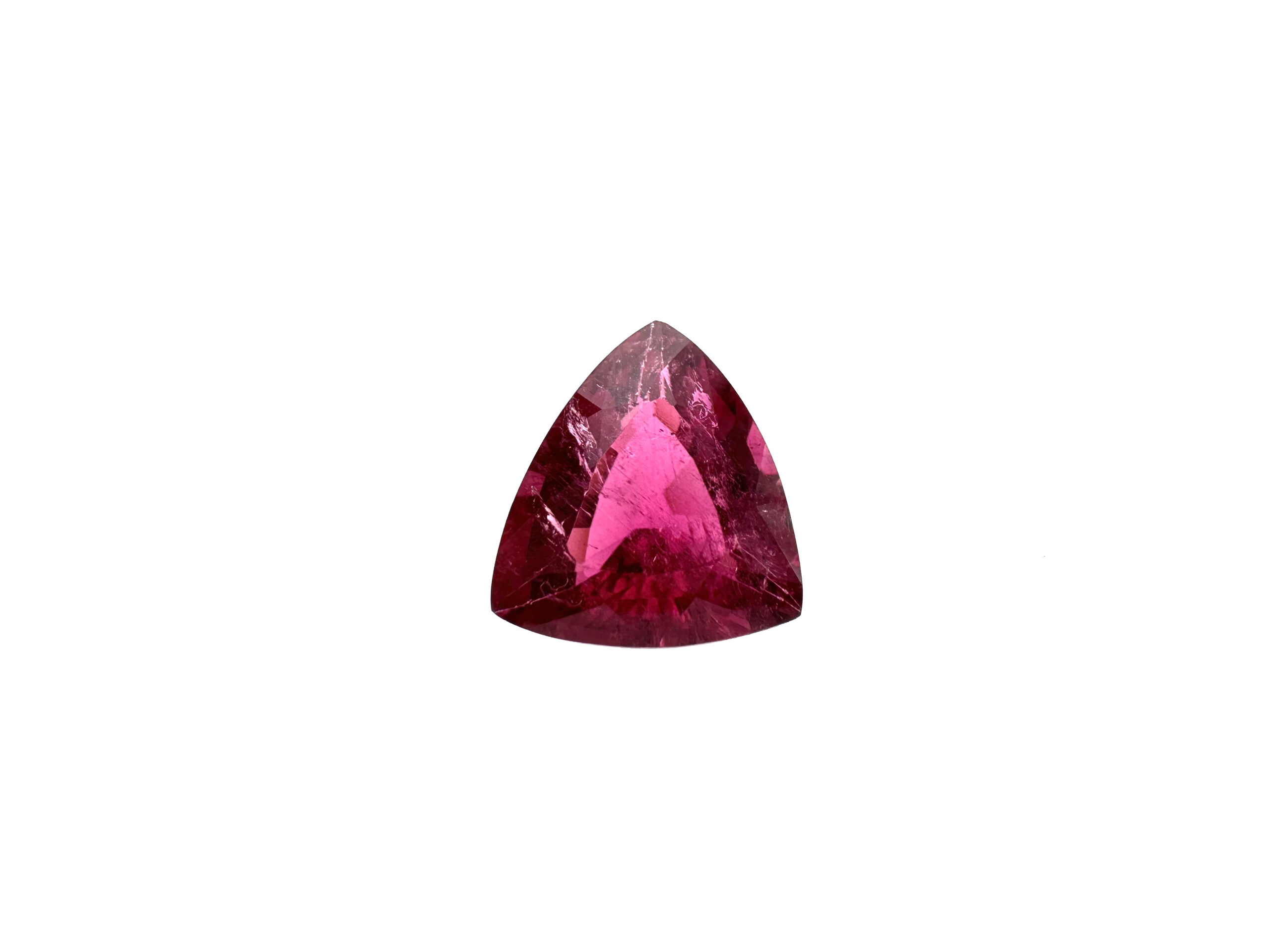
Rubellite
€3,300.007,007 ct. | III/DGLA -
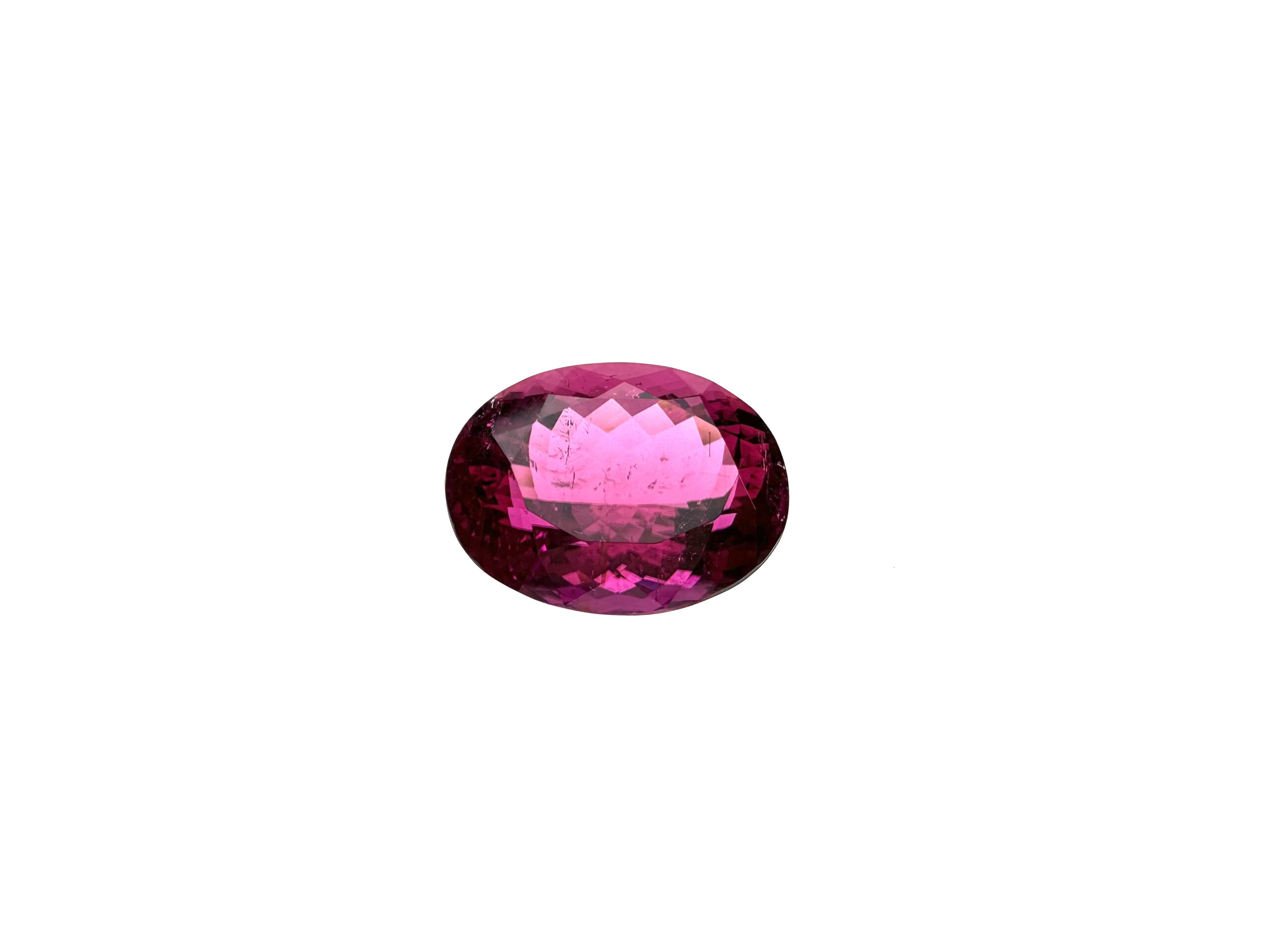
Rubellite
€14,000.0022,116 ct. | IV/CGLA -
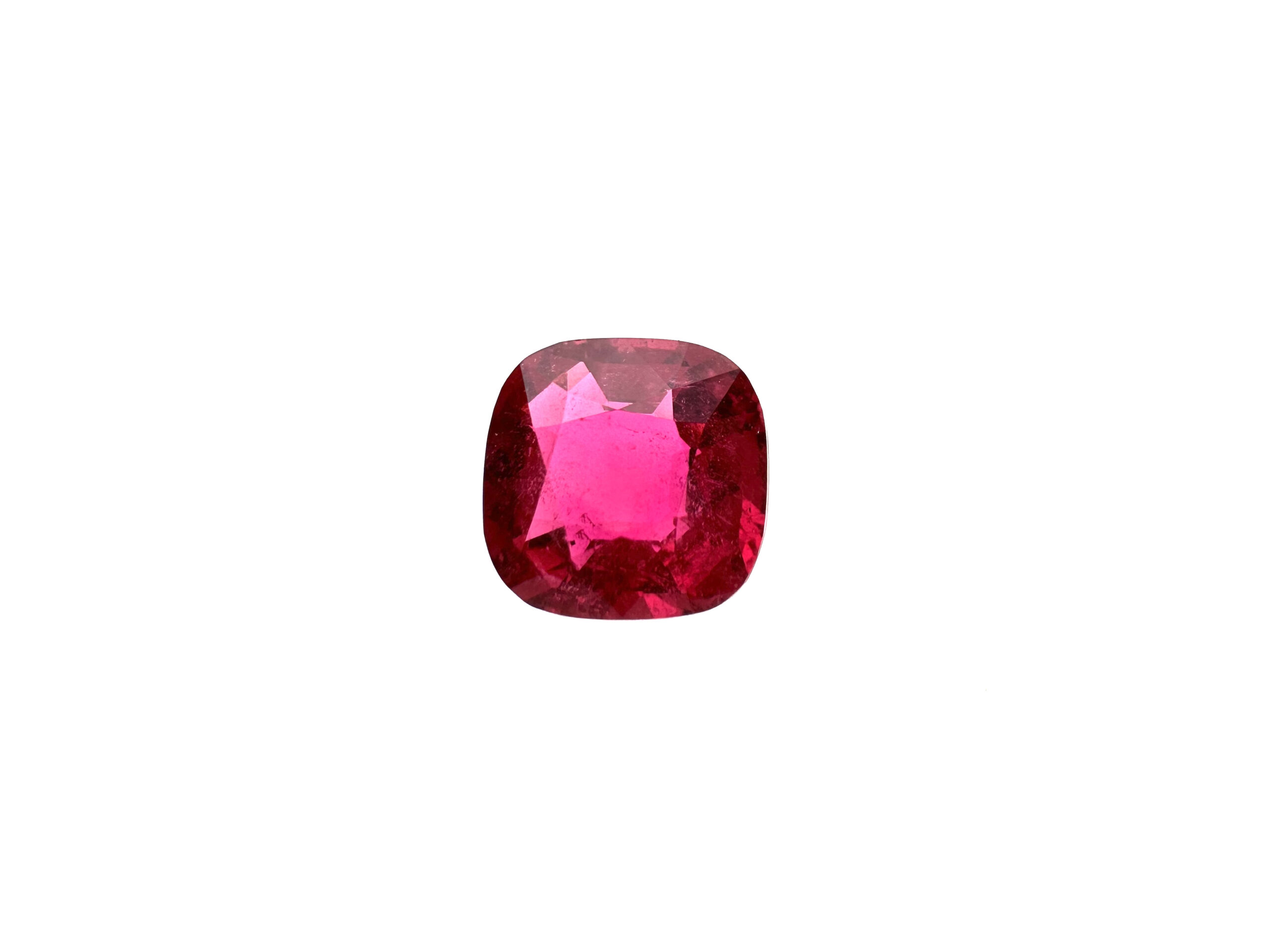
Rubellite
€2,500.004,494 ct. | III/DGLA -

Tourmaline
€500.002,294 ct. | V/BGLA -

Tourmaline
€600.002,582 ct. | V/BGLA -

Tourmaline
€500.003,574 ct. | V/DGLA -

Tourmaline
€900.004,159 ct. | IV/CGLA -

Tourmaline
€1,000.004,742 ct. | IV/CGLA -

Tourmaline
€1,000.005,035 ct. | IV/CGLA -

Tourmaline
€1,500.005,277 ct. | IV/CGLA -

Tourmaline
€1,300.005,463 ct. | IV/CGLA -

Tourmaline
€1,500.005,784 ct. | V/BGLA -

Tourmaline
€1,600.006,245 ct. | IV/BGLA